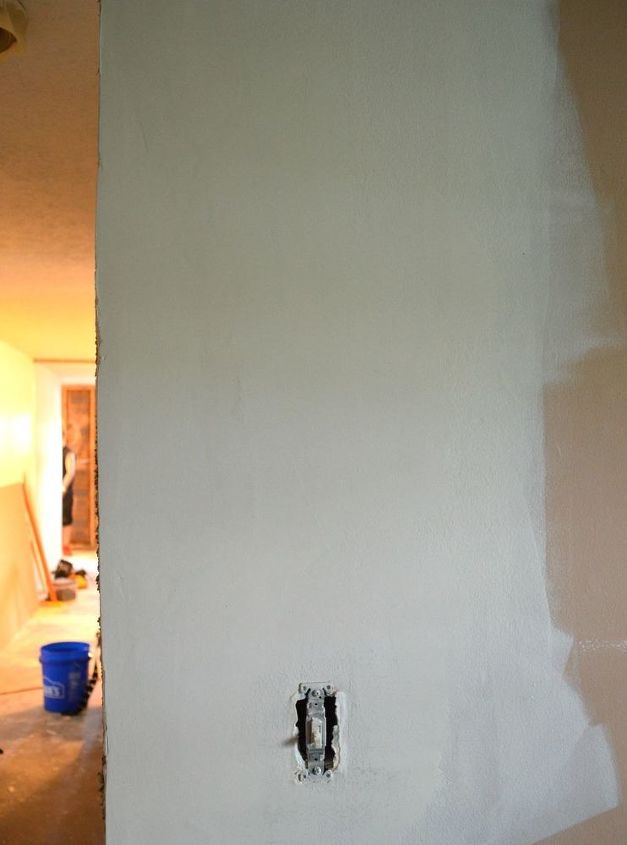How To Patch And Paint Drywall
Apply a thin coat of drywall compound to the area using a drywall knife. When the area to be patched is a seam, apply a fresh piece of drywall tape over the compound on the seam, and then apply another thin layer of compound over the tape. Blending in a smooth-wall-finish drywall patch is pretty easy to do. When you paint a smooth-wall-finish drywall patch, you. To feather the edge, increase pressure and angle on the drywall knife as you reach the outer edges of the patch area to minimize, or thin, the joint compound on the drywall. Step 3 Let the patch dry and apply a second coat of compound if needed. Download Gaither Vocal Band Pure And Simple Rar.
A doorknob swings into the wall one too many times. An electrician moves an outlet box or fishes wire to a new fixture. An energetic teenager Jackie-Chans the Sheetrock. Whether it's by accident or intent, sooner or later, a wall or ceiling gets gored and has to be patched. Portrait Professional Activation Token Keygen Software. Many people don't know where to start when they're learning how to patch a large hole in drywall. Fortunately, it's fairly easy to make a solid, virtually invisible repair.

You don't even need to buy a repair kit. There aren't any special tools needed for drywall repair. A scrap of drywall, a leftover piece of window screening, some joint compound, and a few common tools are all it takes, if you use the hole-patching technique demonstrated on the following Step-By-Step by This Old House general contractor Tom Silva. Tom's patching method—cut the hole to fit the patch, not the other way around—is virtually foolproof.
Working the joint compound is more of an art. 'Apply thin coats,' he says. 'And don't fuss with it. After two or three strokes, leave it alone until it's dry.' Cut a piece of 1x3 wood strapping 6 inches longer than the height of the hole.
Squeeze a bead of construction adhesive along one face of the strapping. Without touching the adhesive, carefully insert the strapping into the hole with the adhesive facing out. Pull the strapping firmly against the damaged drywall and drive two screws, in a staggered pattern, through the drywall and into both ends of the wood. Take care to stop the screwheads when they're just below the surface of the wall but not deep enough to tear through the paper.
Patching: When patching smaller holes, a 6' taping knife should suffice. Apply the compound in a few light coats rather than a single heavy coat, and sand between each coat. You can either sand the patch using a sanding block like the, or wet sand using a slightly damp rag. If you choose to wet sand, let the area dry before applying the next coat.
For larger holes, you'll have to fill the hole with something solid before you apply compound (don't try to fill the hole with mud). Once the hole is filled, start with a 6' taping knife for the first coat. Next, apply a few thin coats using a 10' taping knife feathering the compound out to blend into the wall. When working with drywall compound it's a good idea to use a Hawk, or a mud pan instead of working directly from the bucket.
This will insure that you don't end up with little bits of junk in the compound, and that the compound in the bucket won't dry out too much while you're working. They are also good for catching falling mud. Preparing the wall: Wipe the wall down with a dry rag, to remove any dust and dirt.
Prime the whole wall with a proper primer, like. Any time you patch, it's a good idea to prime the entire wall. If you simply prime the patches, you may be able to see the patches when you're done. Painting: Apply 2 coats of the desired paint, and you're done. If the patches were done properly (smooth and blended appropriately), after primer and two coats of paint you'll never know there was a patch there. NOTE: Products mentioned in this answer are for example only, I do not specifically endorse or recommend the use of any products mentioned.